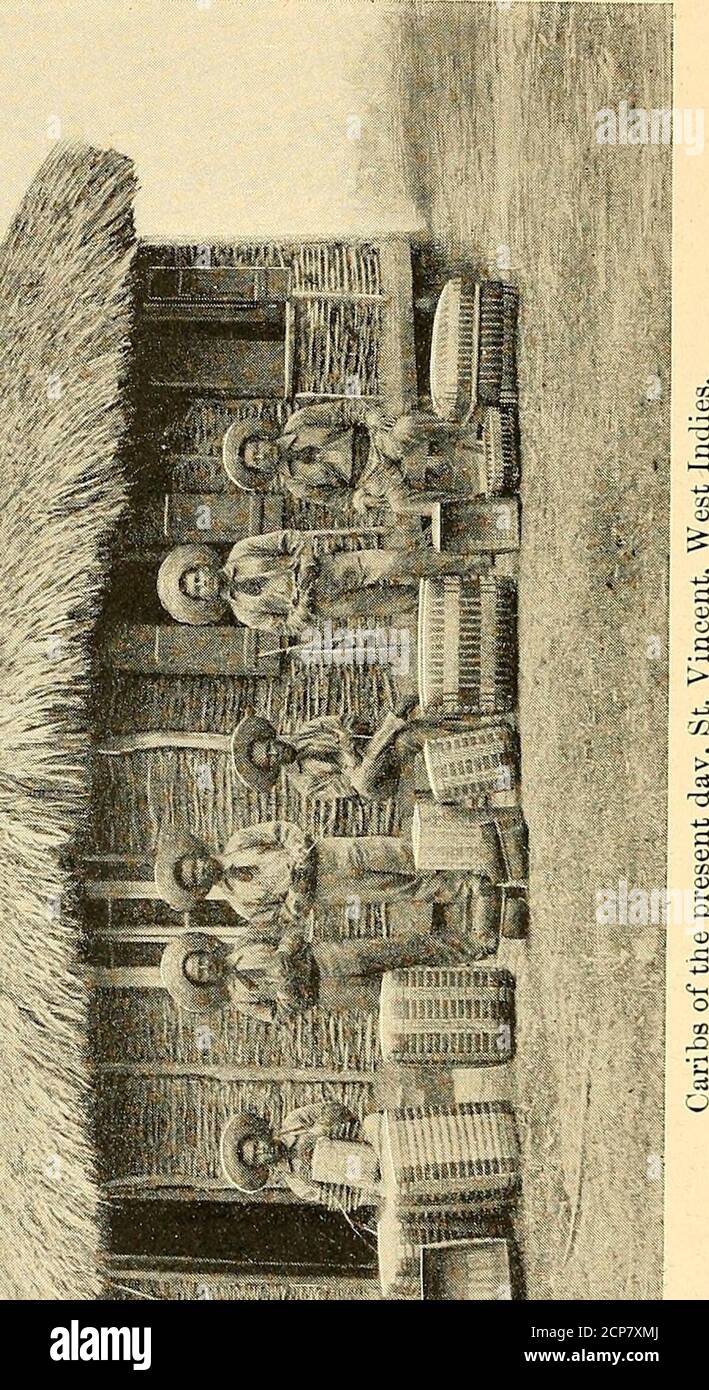. Crusoe's Island; a bird-hunter's story . after this voyage Columbus sailed stillfarther to the south, discovering the great islandof Trinidad, opposite one of the mouths of theOrinoco, and without doubt sighting the island ofTobago. Not quite a hundred years later Trinidad wasvisited by the English admiral, Sir Walter Raleigh,who took the island from the Spaniards and made afamous expedition up the Orinoco in search of myth-ical El Dorado, with its golden palace and its kingalmost smothered with gold dust. So, you see, thisregion was very well known, when Crusoe came sail-ing into it, about

Image details
Contributor:
Reading Room 2020 / Alamy Stock PhotoImage ID:
2CP7XMJFile size:
7.1 MB (761.7 KB Compressed download)Releases:
Model - no | Property - noDo I need a release?Dimensions:
1168 x 2139 px | 19.8 x 36.2 cm | 7.8 x 14.3 inches | 150dpiMore information:
This image could have imperfections as it’s either historical or reportage.
. Crusoe's Island; a bird-hunter's story . after this voyage Columbus sailed stillfarther to the south, discovering the great islandof Trinidad, opposite one of the mouths of theOrinoco, and without doubt sighting the island ofTobago. Not quite a hundred years later Trinidad wasvisited by the English admiral, Sir Walter Raleigh, who took the island from the Spaniards and made afamous expedition up the Orinoco in search of myth-ical El Dorado, with its golden palace and its kingalmost smothered with gold dust. So, you see, thisregion was very well known, when Crusoe came sail-ing into it, about 1659; and all its inhabitants hadbeen accurately described when the famous book waswritten, sixty years afterward. ISTow, Man Friday was clearly a Carib. Instead * Raleigh and Shakespeare were so exactly contemporaneous, the span of the latters life being included within that of theformer, that it is more than probable the great bard drew uponthe great admiral for material, while the novelist Defoe garneredstores of information from both.. 146 ALL ABOUT CRUSOES MAN FRIDAY. 147 of being in any way related to the Chilians or thePata^onians or the Fueo-ians—as some would have usbelieve—he was intimately connected with the verytribes discovered by Columbus, inhabiting the islandsknown as the Caribbees. I assert, and with confi-dence, that Friday came from the island of Trinidad ;that he was a Carib, and belonged to the malignedtribe of Indians called by the Spaniards cannibales.And I am well supported in this assertion, since itwas also made by that eminent writer, the late CharlesKingsley, who says: Crusoes Island is almost cer-tainly meant for Tobago; Man Friday had beenstolen in Trinidad ! Man Friday, then, was a Carib. Descendants ofhis relatives still reside in two islands of the Carib-bees, called Dominica and St. Vincent; but they areno longer eaters of human flesh, being as peaceableas was Friday himself after Crusoe had completed hiseducation. Crusoe discovered footprin